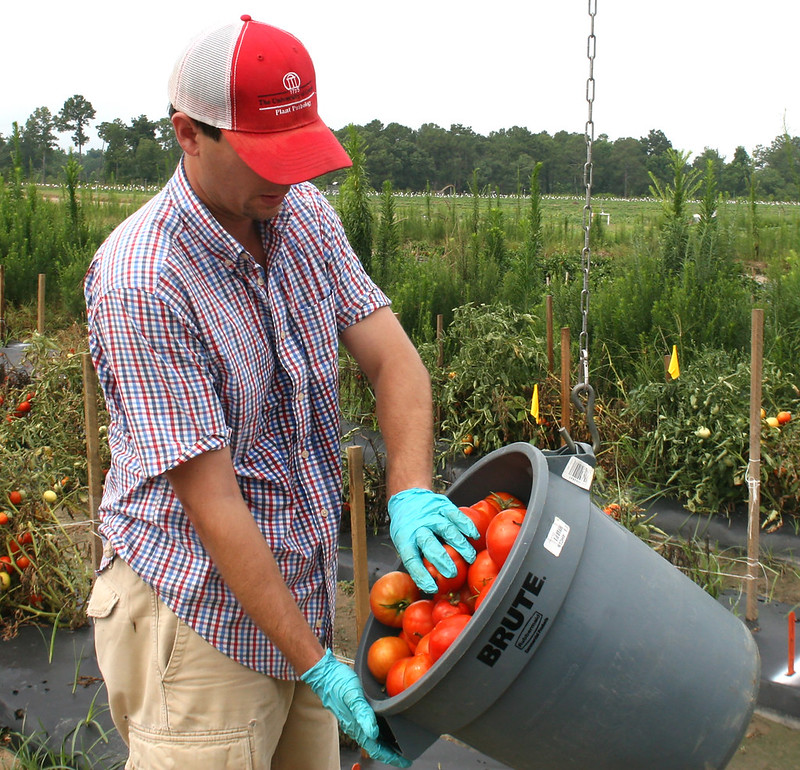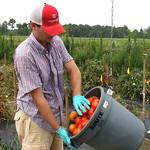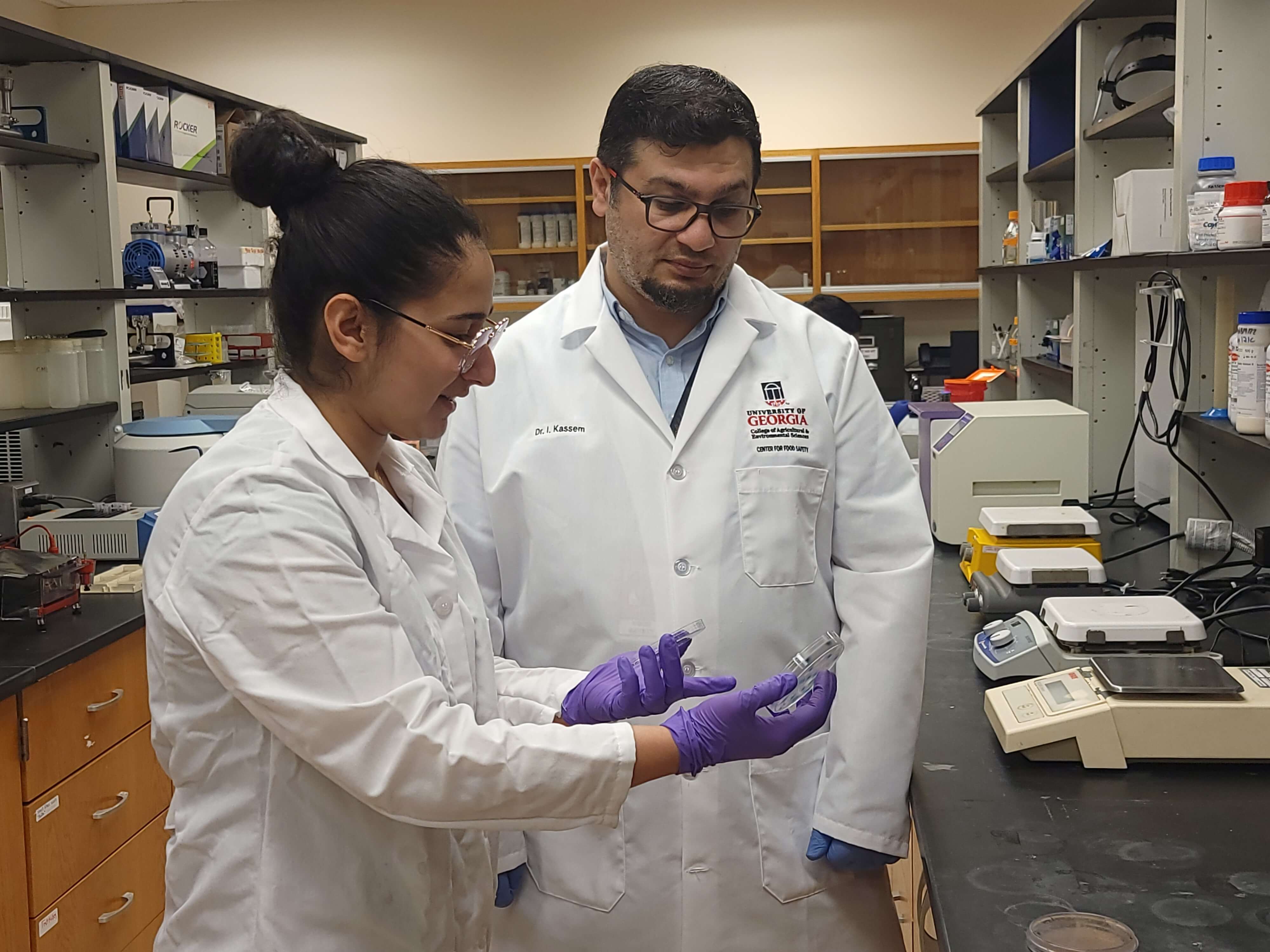Farmers and food processors take routine steps to reduce the likelihood of foodborne pathogens, like Salmonella and E. coli, contacting our food and causing illness. The procedures that our food industry takes on a daily basis are also effective in reducing the chances that the coronavirus responsible for COVID-19 will come in contact with the food we eat.
There is currently no evidence that the coronavirus is spread through contaminated food. This is in part because the virus primarily targets cells in the respiratory tract (lungs) rather than organs in the gastrointestinal tract (stomach and intestines), and because acids in the stomach likely inactivate ingested virus before it can cause harm.
During the current pandemic and other viral outbreaks, there are further considerations that farms and agricultural businesses must take in order to protect their workers and customers despite the usual safety of our food supply.
Farms, packinghouses and food processors
Sick workers should never be allowed to come to work, and they should understand that there is no punishment for them if and when they call in sick.
Encourage distancing of at least 6 feet between workers at all time, including on buses transporting groups of workers to the field and on the packing line when possible. Only one employee should be in the cab of a truck, and frequently touched surfaces like the steering wheel or door handles should be cleaned and disinfected when passengers leave or enter a vehicle.
Frequently touched surfaces within the farm or facility should be cleaned and disinfected throughout the day and between shift changes. The U.S. Centers for Disease Control recommends a list of U.S. Environmental Protection Agency-approved disinfectants that are effective against coronavirus. A solution of 5 tablespoons of bleach in 1 gallon of water may also be used.
U-pick operations, farmers markets, farm supply stores and CSAs
Post signs stating rules to be followed at the entrance. Keep them short and easy to read. Rules should include washing hands (or using hand sanitizer if washing is not possible) upon arrival; wearing a mask, bandana or scarf; maintaining 6 feet of distance between other patrons; and requesting vendor assistance to select items instead of handling items themselves.
Indoor markets may consider putting vendors or high-demand items outside so that patrons do not have to enter the building. For items inside, consider posting a price list outside and having an employee retrieve items, or set a reasonable limit on the amount of time each customer may stay inside to do business.
Have one person dedicated to handling payments. Conduct transactions online or over the phone when possible, and require credit or debit cards for in-person transactions, since paper money cannot be sanitized.
U-pick operations should clean and disinfect all picking baskets and equipment between customers. When in the field, customers must only touch fruit they plan to pick.
University of Georgia Cooperative Extension has further guidance, in English and Spanish, including materials for farms, packinghouses, community gardens, farmers markets, food banks, agribusinesses and consumers on its emergency resources page at extension.uga.edu/emergencies.








